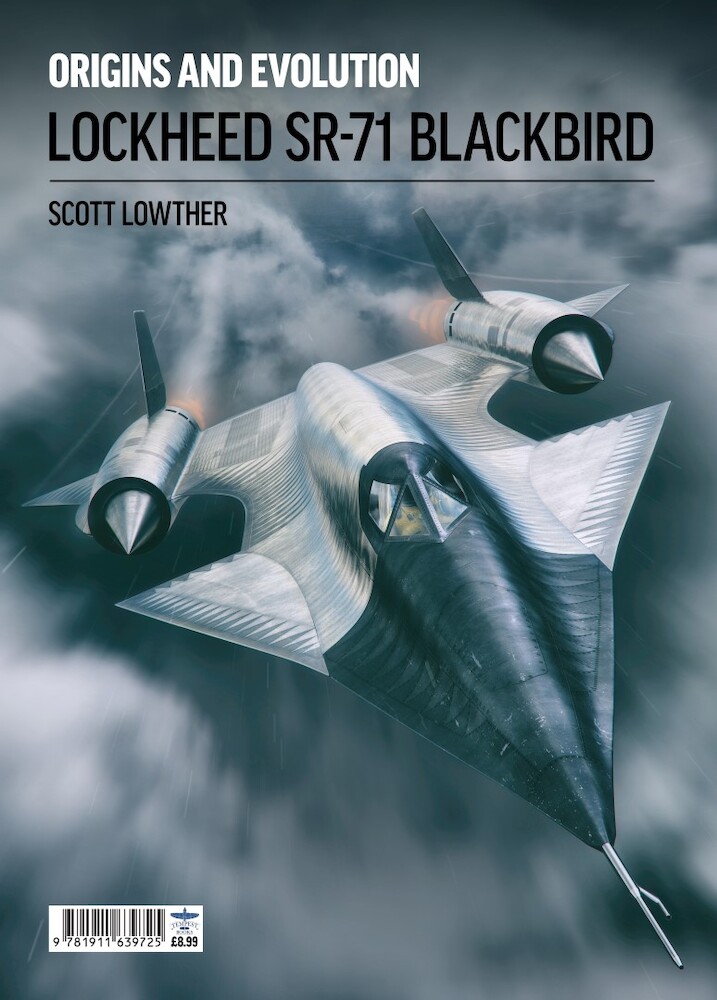Here are some screenshots snagged from a not-quite-final version of the book, showing the sort of content you can expect from the final product.
As before it is available for pre-order from both the publisher and from Amazon:
Here are some screenshots snagged from a not-quite-final version of the book, showing the sort of content you can expect from the final product.
As before it is available for pre-order from both the publisher and from Amazon:
Because of course I did, I’ve googled my own book to see where it might be available in the US for reasonable prices. I’ve not purchased from these sources, so YMMV. The prices and availability are as I type this, so they might vary.
Casemate Publishers: $12.99, but currently out of stock.
Book Despository: $17.01, free delivery worldwide.
World of Books: $14.39, but currently out of stock.
Books A Million: $16.84 (one copy)

Yeesh. I continue to successfully get rewards out to Patrons and subscribers in a timely fashion… but I also continue to fail to publicize the fact. Last day of September, the rewards for that month were sent out. The September 2021 rewards included:
Diagram: “Early X-3 cutaway:” A large format cutaway illustration of a not-quite-final Douglas X-3 configuration
CAD Diagram: the command module of the Solem “Medusa” nuclear pulse propelled spacecraft
Document: a giant 1100+ page “Data Sheets for Ordnance Type Materiel,”1962 US Army “catalog”of pretty much all their stuff. Includes an illustration (often, though not always, including a basic diagram) and data for everything from trucks to tanks to bayonets to pistols to rockets.
Patrons should have received a notification message through Patreon linking to the rewards; subscribers should have received a notification from Dropbox linking to the rewards. If you did not, let me know.
If this sort of thing is of interest, sign up either for the APR Patreon or the APR Monthly Historical Documents Program.
Early/mid 80’s artwork depicting an X-Wing vehicle (a helicopter with very rigid rotors that could stop in flight to serve as wings). The text attributes this to Boeing-Vertol, but I could swear I’ve seen it attributed to someone else (Lockheed? Grumman?).
The X-Wing concept seemed to have great promise, but testing showed that, perhaps unsurprisingly, it had severe problems during transition. Had it worked, though, it would hve provided the high speed and long range of a conventional aircraft with the hovering efficiency of a helicopter.
In the 1970’s the CIA wanted to field recon drones that would be visually indistinguishable from birds (at least from a distance), under Project Aquiline. While Aquiline was *apparently* not successful, other bird-shaped drone have been developed over the years, with some crashed and captured examples shown to the press. Thanks to modern tech, the average citizen is now able to have a drone that would be just as good as Aquiline, at least from the design standpoint.
A 1964 Boeing design for an orbital HL-10 derivative, to be used for space station logistics. This would be launched atop a Saturn Ib. Cargo would be carried up int he adapter, which would be expended; passengers would go up and down within the body of the spaceplane. A heat shield would cover the canopy until after re-entry.
Note that it is probably upside-down. It looks like a “future fighter” configuration, though probably a somewhat generic one rather than a specific design.
The video: pic.twitter.com/Unhq9lsHwE
— Ruben Hofs (@rubenhofs) September 22, 2021
it would be nice if the US is actually int he testing phase of a next-gen stealthy air supremacy fighter… but in an era when SLS is what it is, I’m not holding my breath.
An animation of one of the Lunar Escape System concepts. The idea was that if the lunar module ran into some sort of trouble and couldn’t launch back into orbit, the ascent stage could be torn apart and jerry-rigged into a minimalist launch system… essentially a couple of lawn chairs stuck to a few propellant tanks and a rocket. Could it have worked? Sure. Would it have worked? Ehhhhhh….
If it’s “do this crazy thing or give up and die,” I can see the Apollo astronauts getting straight to work.
An exploded view of the Lockheed L-2000 SST project from the 1960’s. This was the second-place finisher in the contest to develop a US supersonic transport, losing to the Boeing 2707. The 2707 won in part because it had variable-sweep wings, giving it better low speed performance… but after the contest was won, Boeing’s design shed the overly-heavy variable geometry for fixed wings not unlike those of the Lockheed design. In the end that couldn’t save the 2707 from the chopping block. Many have wondered over the last half-century what might have happened had Lockheed won the contract instead. Perhaps the sky would be filled with SSTs. Perhaps the L-2000 would have been a failure of historic proportions, with prototypes crashing or exploding in flight. Or perhaps it would have turned out just like the 2707… once detailed development began costs would have ballooned, performance suffered and Congress simply walked away.
The full article this came from has been scanned at 300 DPI (the image above was scanned at an additional, higher rez) and provided to all above-$10 subscribers and Patrons. If you would like to help fund the acquisition and preservation of such things, along with getting high quality scans for yourself, please consider signing on either for the APR Patreon or the APR Monthly Historical Documents Program.
0